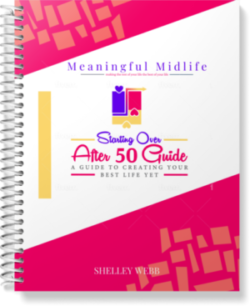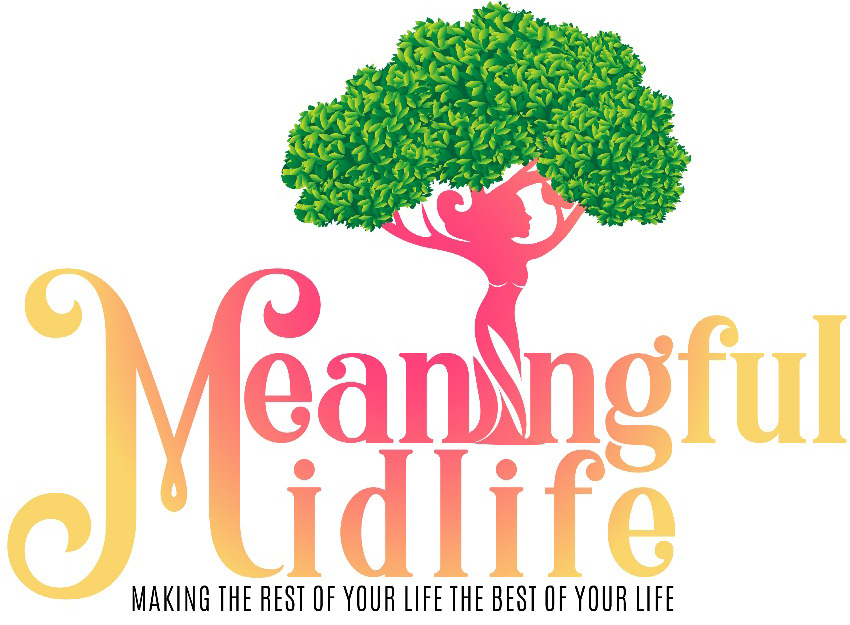For seniors (which if we’re being honest, includes many of us), preventing falls isn’t just about feeling more comfortable in your home, but about avoiding the serious health issues and even death that can follow some falls. The good news is that no matter the budget, home, or resources you and the seniors in your life have available, it’s possible to lower and mitigate the risk.
Here are some ways to decrease falls:
1. Stay fit. As the body gets older, muscle tone deteriorates, and with that goes balance and coordination. Active aging is important. Low impact exercise like yoga and tai chi can help your body fight back against this trend. Follow this up with a healthy diet, as it’s been shown that people with poor nutrition are actually at greater risk for falls.
2. Take care of your eyesight. It may surprise you a bit, but even as a woman over 50, you can have subtle changes in your vision that make you more likely to fall. Something as simple as remembering to wear your glasses can do a lot to prevent falling.
3. Keep an eye out for potential fall hazards in your home. A lot of different things, from pet items to loose carpet to electrical cords are easy to trip on, but can also be rearranged to cut down on potential risk.
4. Invest in extra lighting. Hand-in-hand with clearing out potential trip hazards is making sure spaces like basements, bathrooms, and hallways are well lit. Consider buying more powerful bulbs as well as opening the curtains during the day for natural light.
5. Don’t be afraid to use walking assistance. This can vary from canes and walkers to support for certain rooms, like grab bars in bathrooms.
6. Use non-slip mats. From kitchens to bathrooms to porches, water can make surfaces dangerous to slip on, but these mats help.
7. Check your medications. In some cases, there’s a risk of dizziness or lightheadedness when you take a medication. Talk to your doctor to see if there is a combination of medications that can lead to this issue.
8. Watch what you put on your feet. Socks and slippers are naturally comfy, but if you’re going to be walking around a lot, try to choose low-heeled shoes with rubber soles for a lower risk of slipping. Indoors, I always choose barefoot!
9. Be mindful of your surroundings. A lot of the time, you have ways to control things in your home, but not so much outdoors. Try to walk at a slower, flat-footed pace, especially if there was recent inclement weather.
10. Keep learning. Medical alert systems and other technology can be useful in both preventing falls and minimizing the effect they can have. However, things in these areas are constantly evolving. Looking at industry guides and resources can help you stay on top of these developments.
Fall prevention can force you to think about some things that you aren’t comfortable with, but it’s all for the best. Taking these steps early means more safety and peace of mind for you and the older adults in your life.
LEARN TO LOVE YOUR LIFE AGAIN
 Do you feel like you need to hit the REFRESH button on your life? Download our free guide and begin to create your best life yet!
Do you feel like you need to hit the REFRESH button on your life? Download our free guide and begin to create your best life yet!



